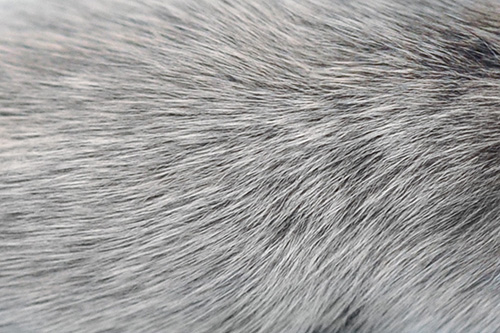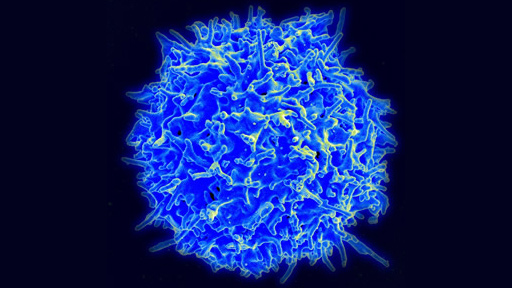When a body is under attack from a viral or bacterial infection, the body's innate immune system kicks into gear. Infected cells respond by producing interferons to fight the invaders. The researchers found that the MITF/em> gene downregulates the innate immune system's interferon response (or interferon signature) in pigment cells. The MITF gene is a crucial regulator that drives many functions of pigment cells, known as melanocytes. The study showed that when MITF's control of the interferon response is lost in the melanocyte precursors known as melanocyte stem cells, hair graying results.
"This new discovery suggests that genes that control pigment in hair and skin also work to control the innate immune system," said William J. Pavan, Ph.D., study co-author and chief of the Genetic Disease Research Branch at NIH's National Human Genome Research Institute (NHGRI). "These results may enhance our understanding of hair graying. More importantly, discovering this connection will help us understand pigmentation diseases with innate immune system involvement like vitiligo." Vitiligo, which causes discolored skin patches, affects between 0.5 percent to 1 percent of all humans.

Researchers used two mouse models in the study. One mouse model carried a mutation that decreased levels of the MITF gene. Decreasing the expression of the MITF gene in the mutant mice increased the interferon signature in melanocyte stem cells, they discovered. This suggests that in normal melanocyte stem cells, MITF limits the interferon signature.
The other mouse model had increased expression of the SOX10 gene, which regulates MITF activity and the production of melanocytes. Overexpression of SOX10 in these mice caused hair graying. Combining the two mouse models by mating the mice produced greater amounts of gray hair. This combined MITF and SOX10 mouse model also showed an increased interferon signature in the skin, they discovered.
The researchers then subjected both mouse models to a substance that mimicked a viral infection. The melanocytes with less MITF had a stronger innate immune response to the viral mimic than cells with normal MITF levels. This indicates that MITF normally blocks these innate immune response genes.
When the mice that overexpressed SOX10 were treated with the viral mimic, the mice showed more severe hair graying than what is seen in the SOX10 overexpression mice alone. This suggested that the extra SOX10 in these mice makes the melanocyte stem cells more susceptible to the viral mimic.
The study establishes two new mouse models that will be useful for understanding the connection between pigmentation genes and the innate immune system response. In future studies, the team plans to investigate in more detail the genes and proteins that cause hair graying in the double mutant mice and in the SOX10 overexpression mice treated with the viral mimic. This could provide important information on the role of innate immune regulation in human diseases that cause loss of pigmentation.
Read the study: A direct link between MITF, innate immunity, and hair graying.



